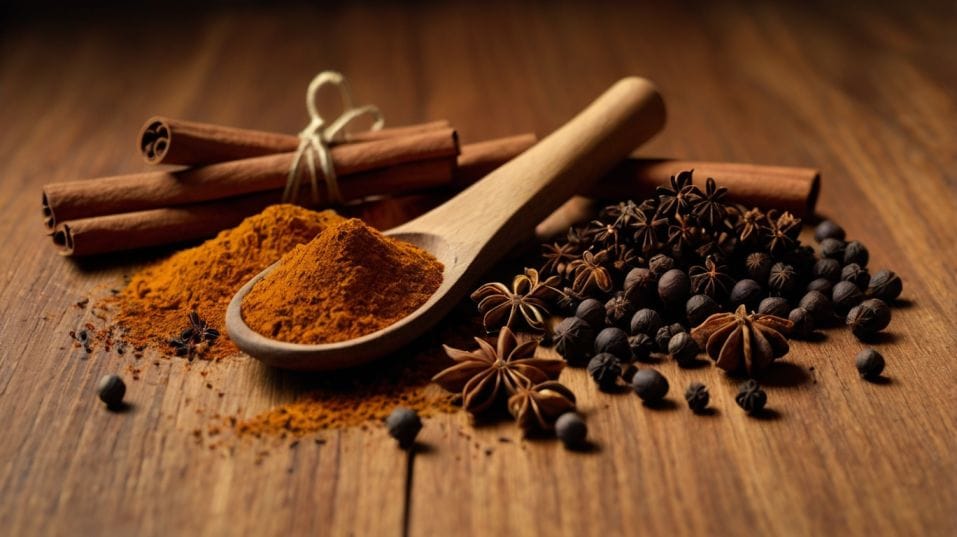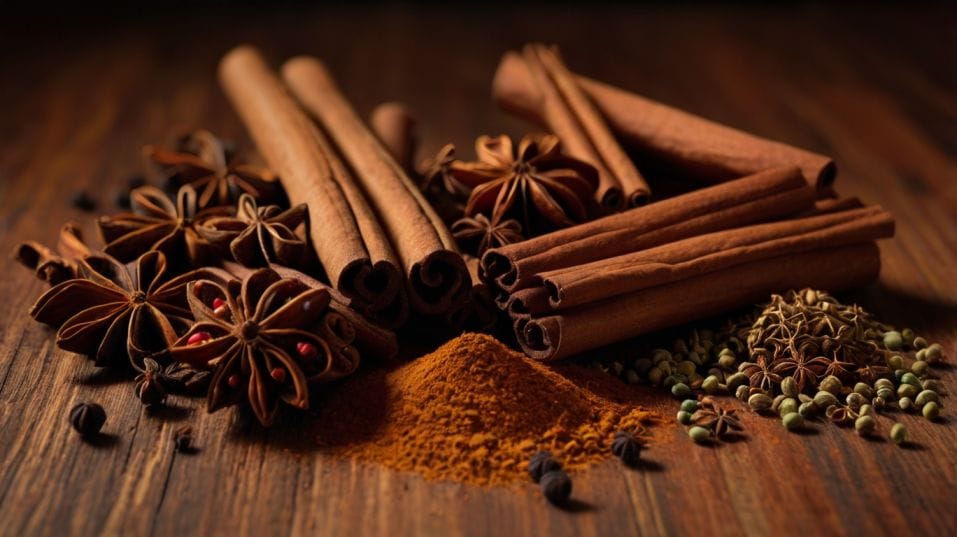What Does a ‘Spicy Finish’ Actually Taste Like?
Confused by “spicy finish” in whiskey reviews? Learn how to taste, recognize, and use spice to choose better bottles with confidence.

Ever wonder why some whiskeys leave a warm, lingering buzz after the last sip? That’s the spicy finish—and it’s more than just a catchy tasting note.
For whiskey-curious drinkers, learning to spot and decode that slow burn can transform how you taste, collect, and talk about whiskey.
It's not about heat; it’s about flavor, feel, and finesse. Let’s break down what spice in the finish really means—and why it matters every time you pour.
First: Let’s Kill the Confusion
A lot of people mistake “spicy” for “spicy hot.” They hear the word and think jalapeños, Sriracha, or that throat-burning whiskey someone once dared them to try. That’s not what we’re talking about here.
In whiskey, “spicy” is a flavor profile and a physical sensation. It's dry cinnamon, clove, black pepper, ginger root, nutmeg, star anise, cardamom—those kinds of spices.
You’re not tasting capsaicin heat; you’re tasting compounds pulled from grain, yeast, and—most of all—wood.
It shows up on your tongue, yes, but it really shines in the finish. That’s where it evolves, tightens, lingers. The finish is where spice becomes memorable.

Where Whiskey Spice Comes From
Spice doesn’t just appear out of nowhere—it’s built from the ground up. Everything from the grain to the barrel to the passage of time plays a role in shaping that final, lingering heat.
Once you understand the sources, you can start predicting how a whiskey will finish before the bottle’s even opened.
The Grain Bill (Mashbill)
Grain choices are your first clue. High-rye bourbons bring black pepper, dry herbs, and a sharp kick that dances at the back of your throat. Wheat gives a softer, rounder body—less spicy, more creamy.
Malted barley can add a delicate floral spice when it’s not being smoked. Corn contributes sweetness, which acts as a cushion for spice, not the spice itself.
The Barrel
American oak is packed with vanillin, lactones, and tannins. As whiskey ages, those compounds seep into the spirit, bringing waves of spice—like coconut, cinnamon, and toasted almond.
A heavily charred barrel caramelizes the wood’s surface, creating smoky sweet spice notes, like burnt sugar and clove oil. European oak—especially from sherry casks—pushes a deeper, drier spice: think allspice, black tea, dried orange peel.
Time and Oxidation
Age doesn’t just mellow whiskey. It refines the spice. Over time, rough edges soften.
A young whiskey might scream black pepper and ethanol; an older one might whisper cigar box and baking spice. Spice, like everything else in whiskey, evolves with patience.
So, What Does a Spicy Finish Feel Like?
Here’s where it gets real. A spicy finish isn’t just about what you taste—it’s about what happens after you swallow.
That lingering warmth at the back of your throat? That dry prickle on the sides of your tongue? That slow build of heat down your chest? That’s it. That’s spice in action.
But not all spice finishes hit the same way. Some are short and sharp—like fresh-ground pepper.
Others are long and rolling—like a cinnamon stick steeping in hot tea. Some dry out your mouth. Others tingle, almost effervescent. When you start noticing these distinctions, your palate gets sharper fast.
Tasting Tip: Follow the Arc
Think of every sip as a three-part arc: entry, mid-palate, and finish. Spice is often quiet on entry, especially in smoother whiskeys. It starts to build in the mid-palate, then peaks after you swallow.
If you want to identify a spicy finish, train your attention on what happens 5 to 15 seconds after each sip. That’s the sweet spot.
Is the sensation getting stronger or fading? Is it drying out your mouth or making it water? Is it sharp like ginger or round like nutmeg?
These observations aren’t “advanced.” They’re just focused. And they separate casual drinkers from confident tasters.
What Spicy Whiskeys Teach You
You learn the most from contrast. Try a high-corn, low-rye bourbon next to a high-rye mashbill. Sip a young American whiskey, then something with double the age.
Switch between a sherry-aged Scotch and a toasted barrel bourbon. All of these will show you different types of spice—and more importantly, different balances.
Spice needs structure, not dominance. Too much, and your finish turns bitter or harsh. Too little, and the whiskey flattens.
The best whiskeys use spice as punctuation—not the whole sentence. Once you tune into that, you start choosing bottles with precision instead of guesswork.
Don’t Overlook Texture
Spice isn’t just about flavor—it’s also about feel. A whiskey can be oily and spicy (rich and rolling), or dry and spicy (sharp and quick).
The mouthfeel tells you a lot about how the spice will behave. A tannic finish usually carries more oak-driven spice. A lush, syrupy whiskey might mute the sharpness and stretch the spice into something softer.
Watch for that interplay between body and heat. It tells you what kind of barrels were used, how long the whiskey sat, even how it was proofed.
Tasting Technique: Build Your Flavor Compass
You don’t need a formal tasting sheet or a $200 masterclass. You need a notebook, three good pours, and your own curiosity.
Start simple. Pour two whiskeys you like, plus one wild card. Sip all three side by side, but focus only on the finish. Forget the nose. Forget the first sip. Let the flavors trail off, and note what kind of spice shows up.
You’ll start to build reference points. “This is that cinnamon heat I found in that rye-heavy bourbon.” Or “This is the dry, bitter clove note I tasted in the sherry cask Scotch.”
That kind of recall is what makes you a better collector, a sharper drinker, and a more confident taster.
Final Thoughts: Spice Is a Signal
A spicy finish isn’t just a flavor note. It’s a message. It tells you what the whiskey is made of, how it was aged, what kind of grain, what kind of barrel, what kind of attention it got.
When you learn to listen to that signal, you unlock a new level of drinking. You're no longer chasing proof or hype. You’re tasting with purpose.
You’re collecting with clarity. You’re drinking for the story the whiskey tells—through its grain, its oak, and that slow burn down the back of your throat.
So grab something off your shelf tonight. Take a sip. Forget the front. Track the finish. Taste the spice.
Then ask yourself: what does this whiskey really have to say? Because once you understand the finish, you never drink the same way again.




